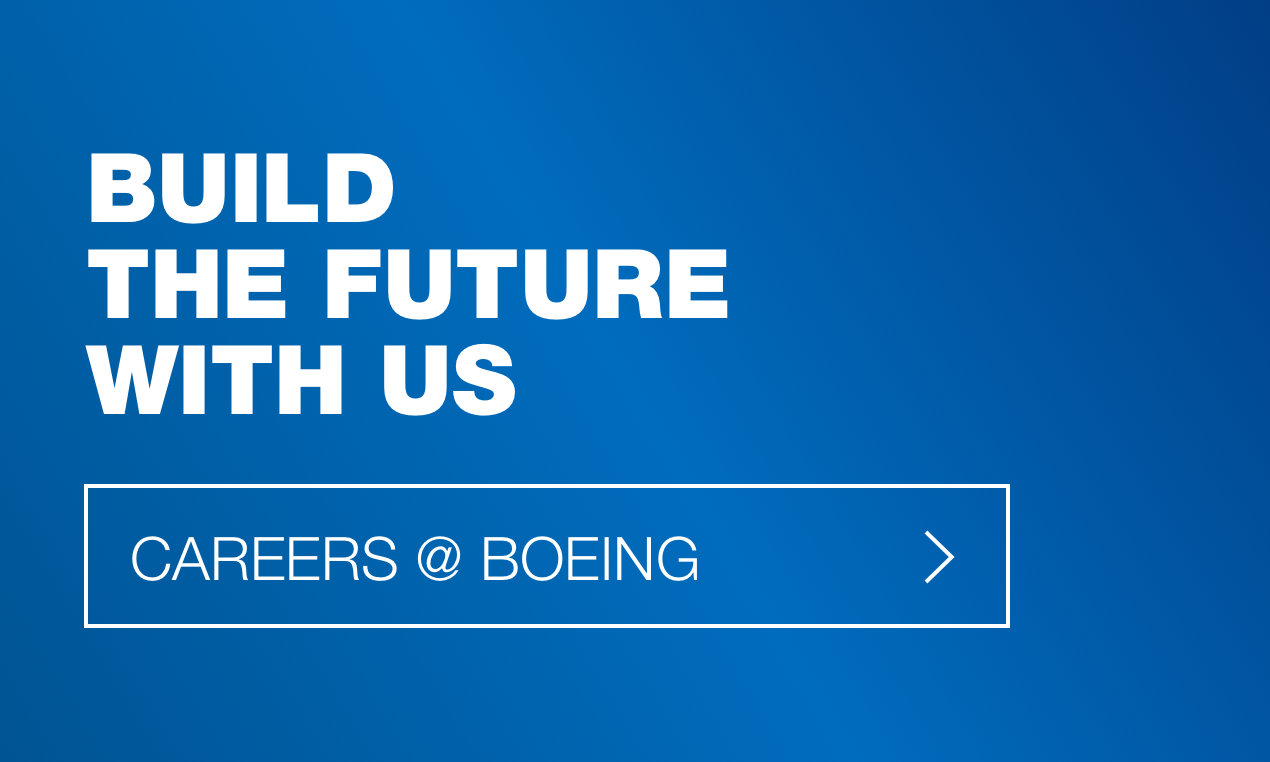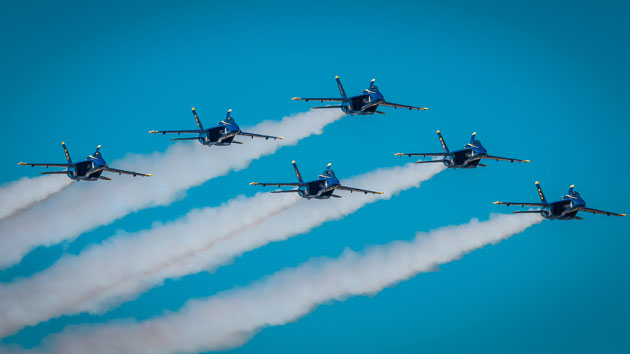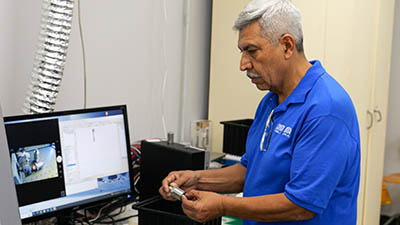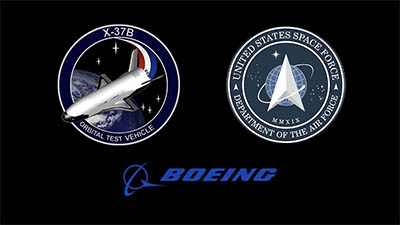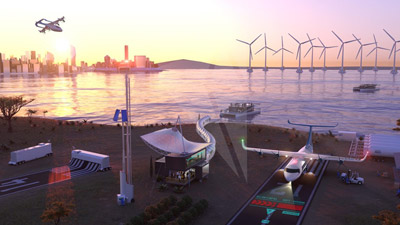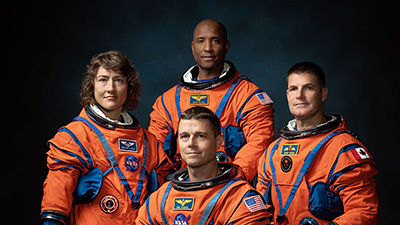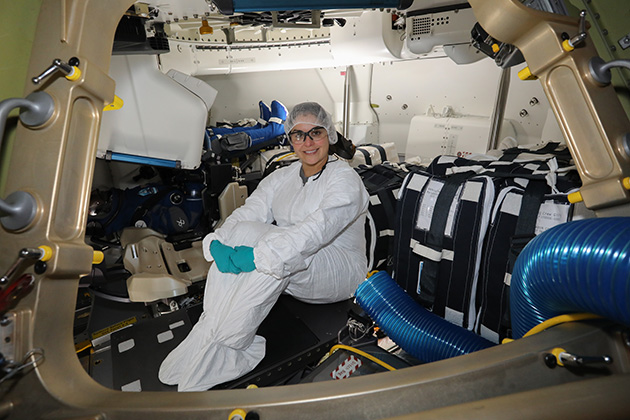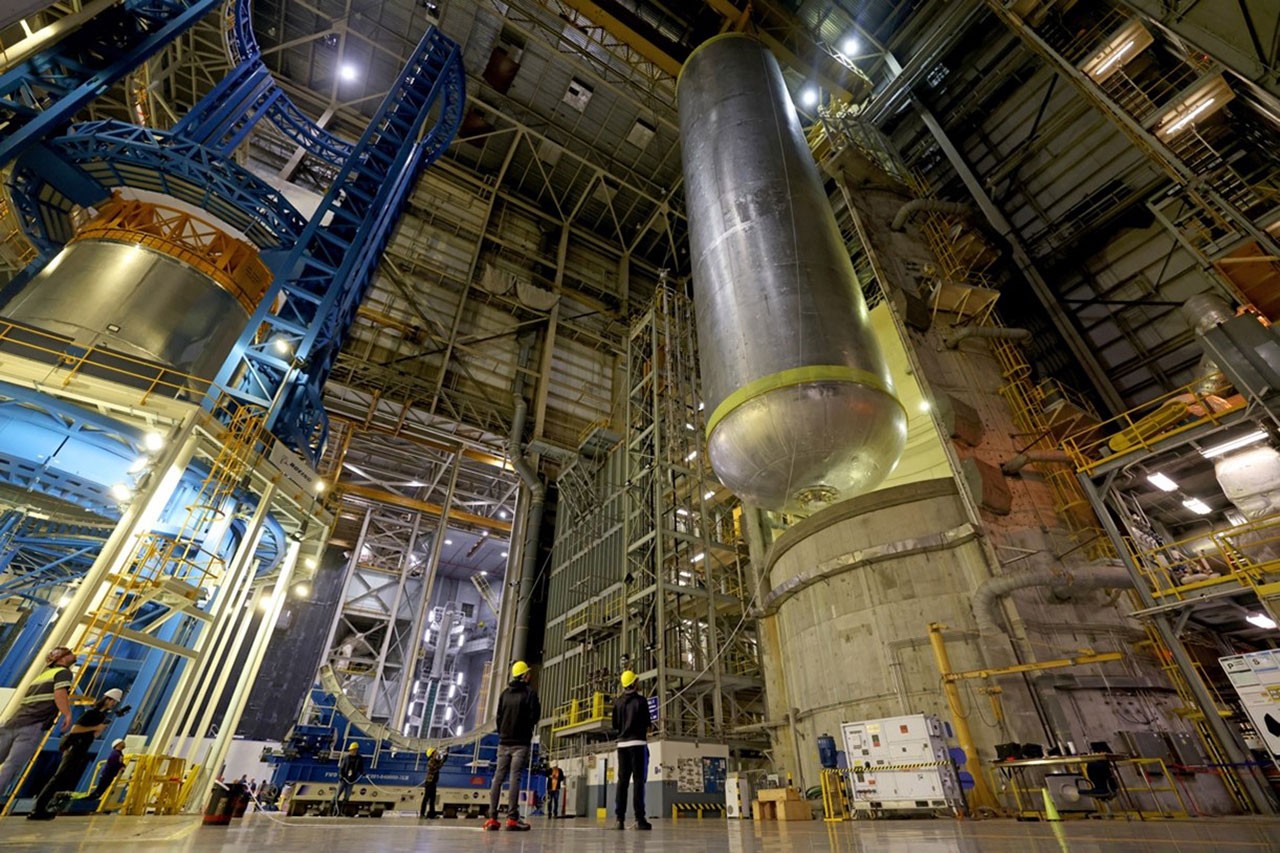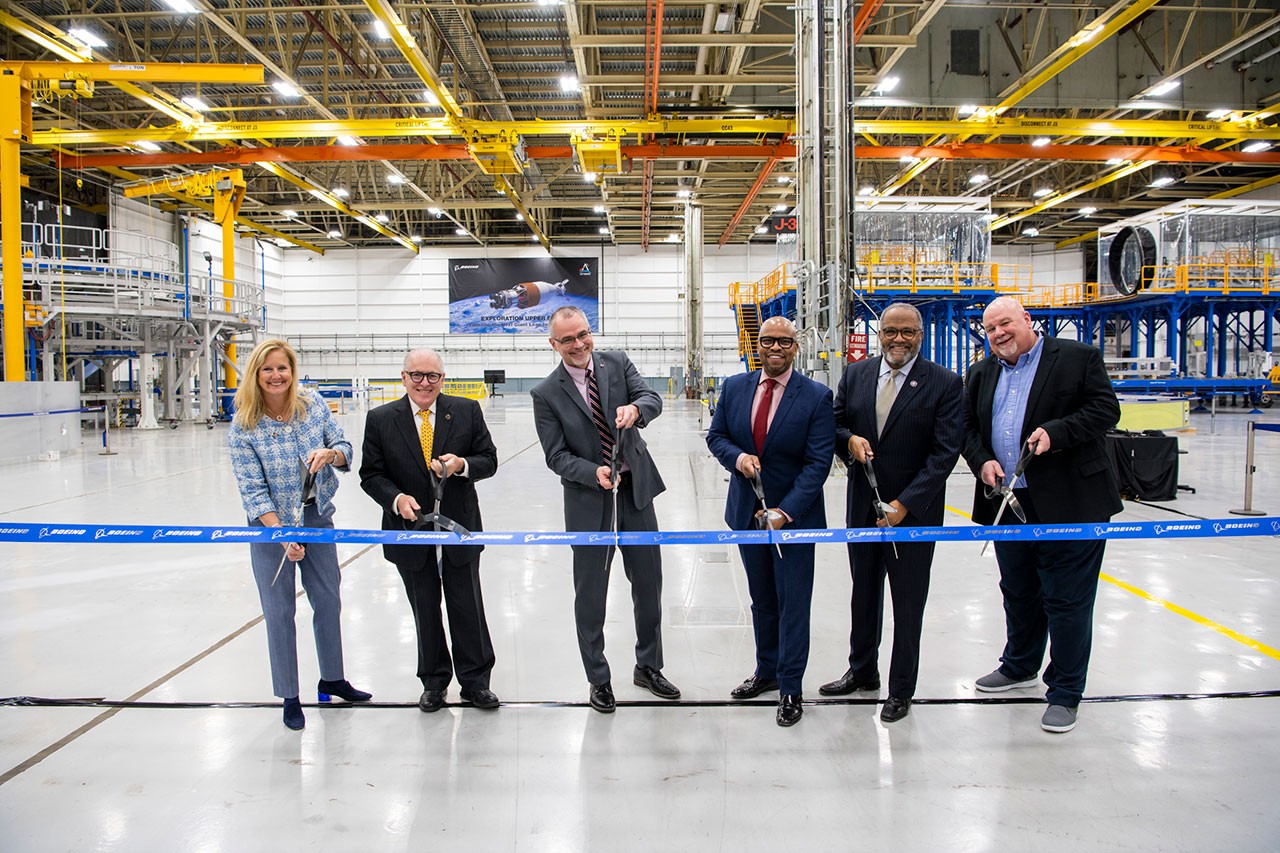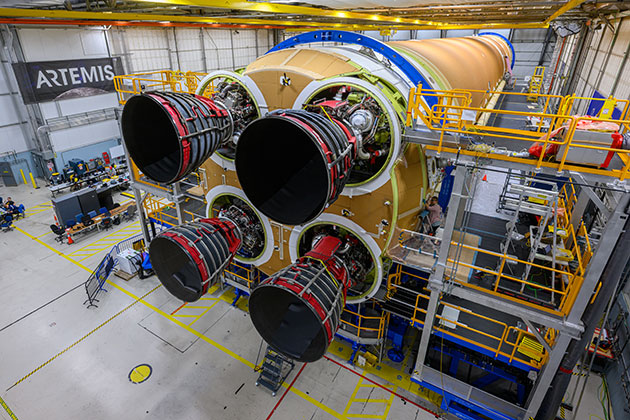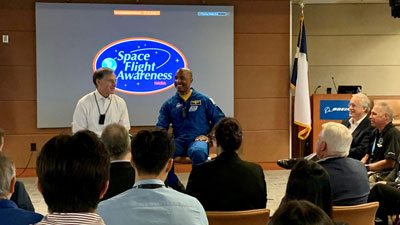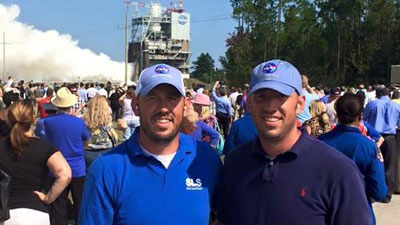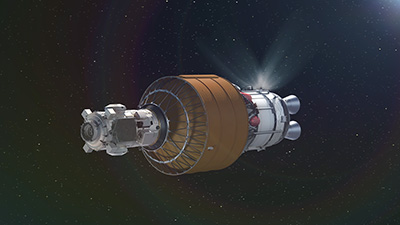Loyal Wingman: Uncrewed but not alone
Meet the team who empowers the jet to fly on its own
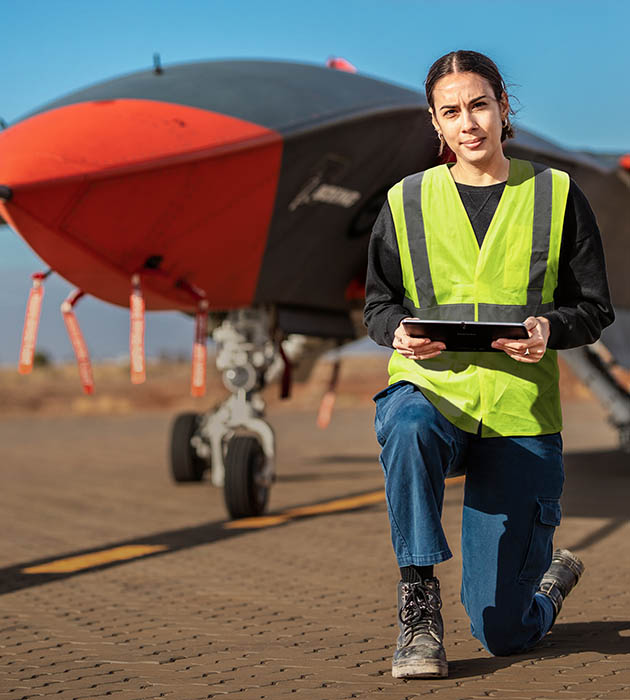
A few miles away from the Woomera Test Range runway, at the flight-test ground station in the middle of the Outback in South Australia, Taylah Griffin is as nervous as on the first day of school.
She can only see a blip moving on the display monitors as an uncrewed aircraft known as the Loyal Wingman flies overhead toward history. But she can hear the familiar roar of a jet engine.
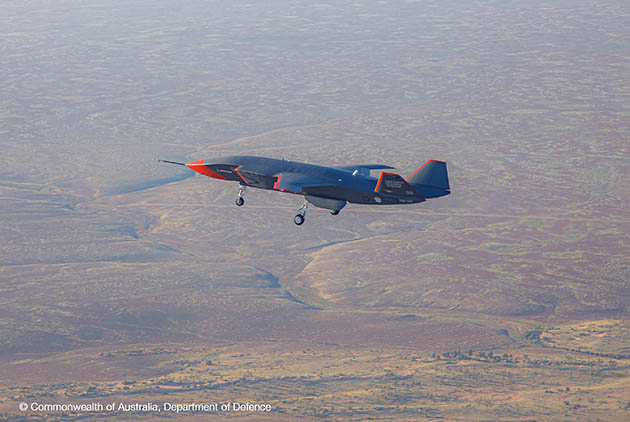 ‘Loyal Wingman’ first flight
‘Loyal Wingman’ first flight
Griffin is part of the flight-test crew for the Boeing Airpower Teaming System. And yes, the uncrewed aircraft very much needs a crew on the ground.
Designed to fly autonomously alongside crewed aircraft, including fighter jets, the first-of-its-kind system deploys fighterlike abilities and performs a range of missions.
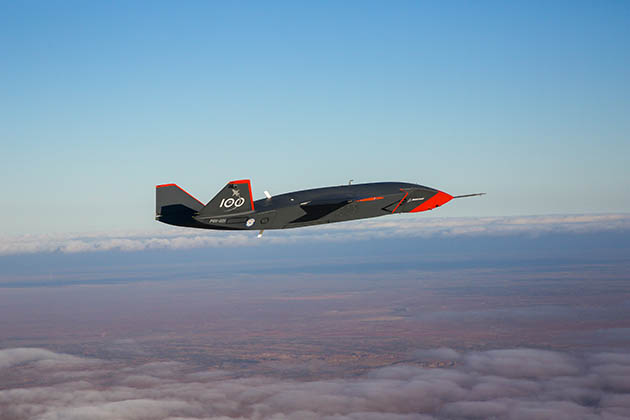
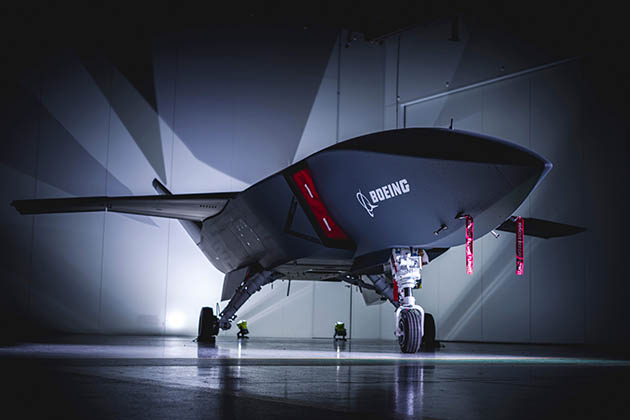 Boeing Rolls Out First Loyal Wingman Unmanned Aircraft
Boeing Rolls Out First Loyal Wingman Unmanned Aircraft
Named for its ability to support other aircraft as a faithful ally, the Loyal Wingman plugs the expertise and collective effort of the entire Boeing Australia network of research and development hubs into the manufacturing site in Melbourne and advanced analysis capabilities in Brisbane. Together they’ve worked tirelessly alongside the Royal Australian Air Force and an Australian industry team to achieve both Australian and Boeing firsts.
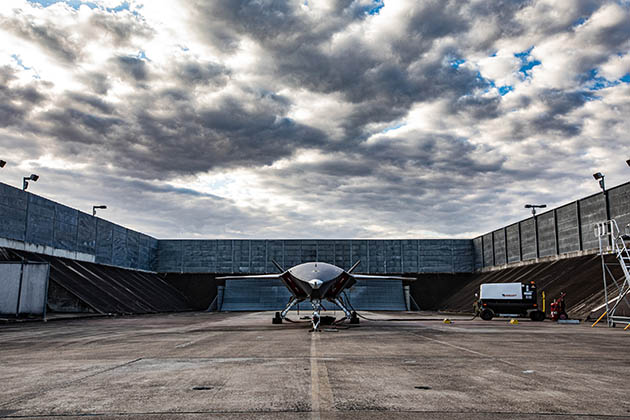
Meet the Authors
Taylah Griffin, Brad Thompson and Ari Pipilikas are among the team of proud Australian innovators and engineers. They reveal the inside story of an aerospace pioneer and the digital thread that binds simulation, flight data and digital design to create this agile spiral-development program.
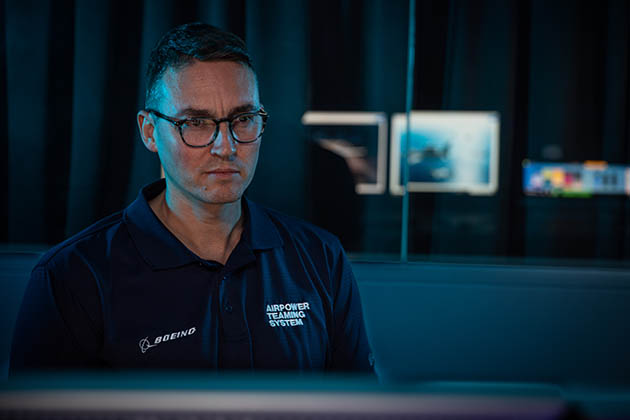
FIRST SKETCH: DRAWINGS TO DESIGN TO DEFENCE
By Brad Thompson, Phantom Works International
It is impossible to pin down the exact genesis of the concept that is currently known as the Airpower Teaming System, with many intelligent, thoughtful contributions from a range of people. While there were many inputs, the guiding principles were the development of an Autonomous Systems strategy and operational analysis we conducted that identified a number of serious capability challenges faced by our customers.
We rapidly translated this into a minimum set of key performance parameters, which led us to develop pre-conceptual designs. The first of these exists as a sketch in my notebook and a basic sizing spreadsheet, beginning the accelerated journey to first flight of the Loyal Wingman.
With a preliminary set of requirements, sketch and spreadsheet in hand, we asked the engineering team at Boeing Aerostructures Australia to kick off conceptual design.
I distinctly remember the first meeting was equal parts excitement and nerves.
We started as a quite small team of highly motivated personnel with a breadth of experience from across the Boeing enterprise. We shared a genuine belief in the concept and a “why not” attitude.
Of course, without customer engagement, an idea stays just that — an idea. We worked with some visionary members of the Royal Australian Air Force to transform our conceptual design into an actionable development program. I’m proud of how we’ve been able to leverage our emerging technologies and processes to achieve rapid capability development across software and vehicle design.
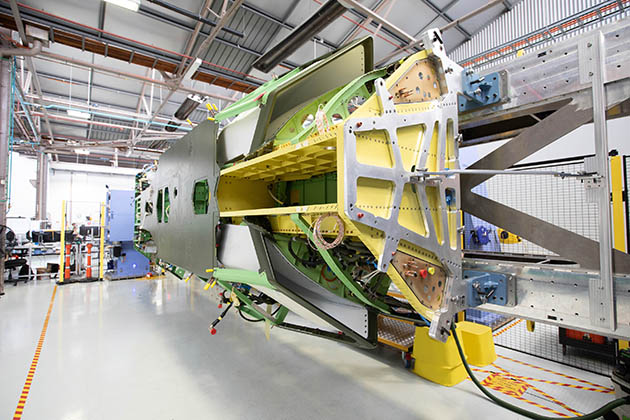 Boeing Australia Completes First Loyal Wingman Fuselage
Boeing Australia Completes First Loyal Wingman Fuselage
While flying always generates public interest because it’s tangible, we’ve spent a great deal of time in the digital landscape progressing our mission system development. This included working with multiple suppliers to develop different payloads and semi-autonomous behaviours and refining how the crewed-uncrewed teaming will operate in theatre.
For me, this spirit of collaboration is the key to a successful capability with the Airpower Teaming System.
It will enable us to accelerate our product life-cycle development from design to production and continue to rapidly iterate our designs and mission behaviours that are crucial to supporting our customer in the future battlespace.
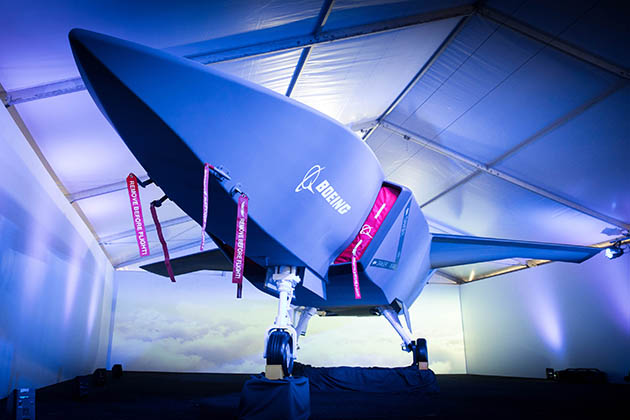 Avalon Airshow 2019 Boeing ATS
Avalon Airshow 2019 Boeing ATS
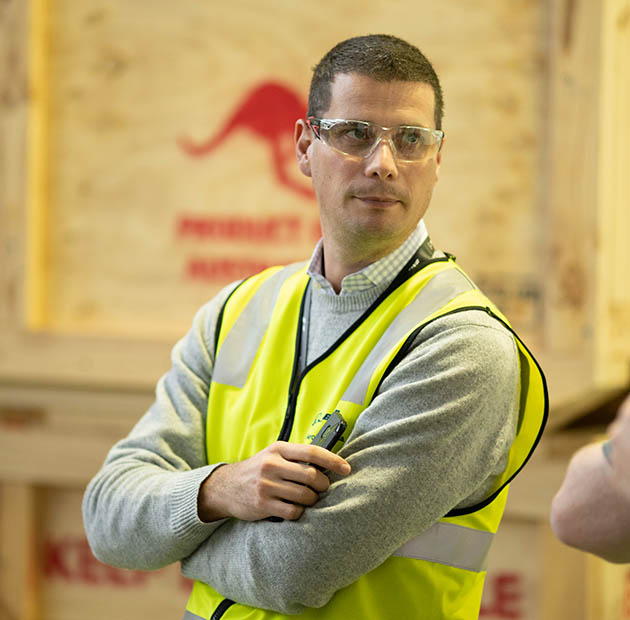
BLANK CANVAS: DIGITAL DESIGN, 3D PRINTING, SUSTAINABLE MATERIALS
By Ari Pipilikas, Boeing Aerostuctures Australia
Being part of the first military combat aircraft in half a century to be developed from a clean sheet is what most Australian aerospace engineers dream about. It’s allowed my airframe teammates to consider the art of the possible when designing all aspects of the air vehicle.
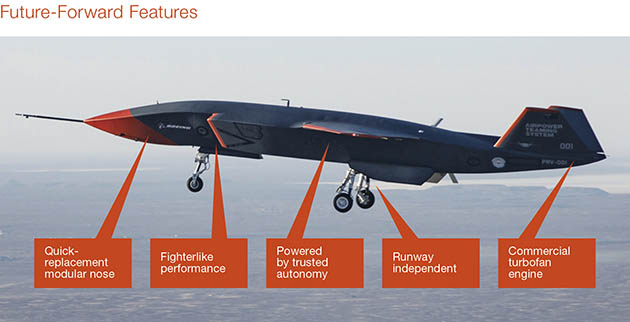
We’re a mixed group of engineers from a range of disciplines — from early-career graduates with energetic, fresh ideas to seasoned aerospace veterans with international experience on aircraft programs as well as from aircraft and systems designed and built at Boeing heritage companies at Fishermans Bend in Melbourne. A few of the team also love to build hobby craft airplane models on the weekend, and we’ve often joked around the office that we’ve gained inspiration from that as well in our designs.
What’s been really exciting is the chance to apply technologies in new ways.
Our Boeing Melbourne team has focused on design and assembly cost efficiencies as well as sustainable aerospace as part of our design process with regard to how we’ve used composites and other materials. And our use of digital engineering enabled testing of our work before we ever made our first real part.
Because some of those parts are large and complex, we took advantage of the advanced simulation and resin-infusion techniques we learned manufacturing 787 control surface components. It helped reduce consumable waste and introduced new concepts, including how we produce the tools used to make parts as well as the parts themselves. That’s something the team is really proud of.
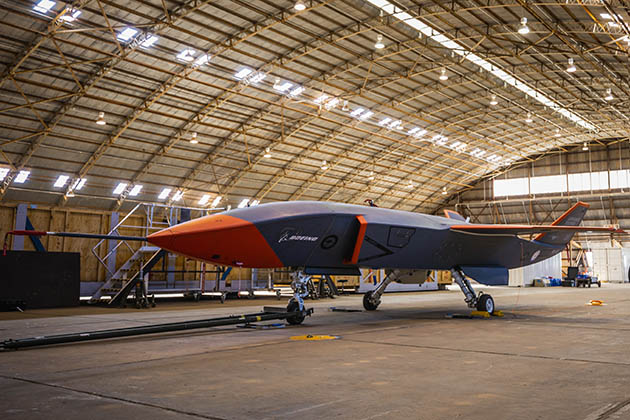
A blank canvas also gave us the freedom to introduce new technologies into our manufacturing process.
We leveraged additive manufacturing to produce more than 30 flyaway parts using various thermoplastic materials. We 3D-printed complex ducting and wiring harness supports on-site at Boeing Aerostructures Australia. Based on this success, we’ve since grown the capability further, and we’ll look to apply it to other aircraft structural designs.
Throughout the next phase of the program, we’ll also continue to take the data and analysis from our flight-test program to transform the digital landscape of our design. We’re continuing to improve simulations of vehicle systems in the digital environment to advance key structural components and aircraft systems, with the goal of improving the reliability and robustness of our future designs for the platform.
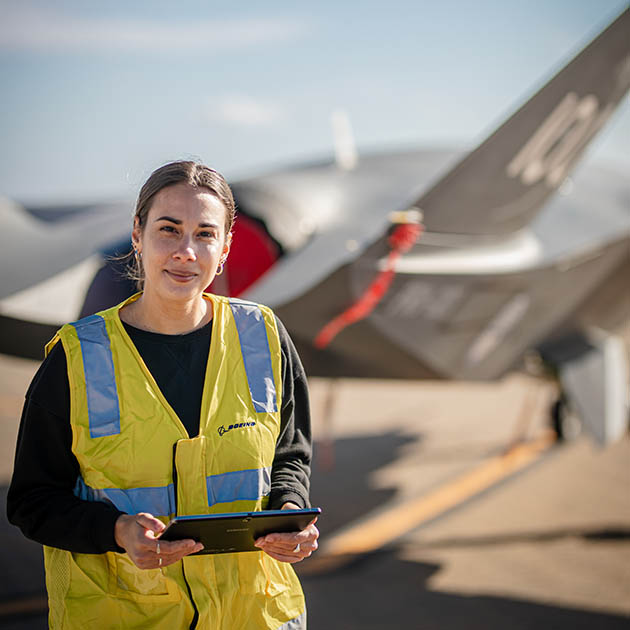
PASSING TESTS: OUT FRONT IN THE OUTBACK
By Taylah Griffin, Boeing Defence Australia
My work has definitely been the talk of the family barbeques. It’s a privileged, rare opportunity to be part of Australian aerospace history. Even if my friends don’t really understand the enormity of our work, they all know it’s something special and unique.
It’s been exciting, nerve-wracking and a lot of hours.
It’s not every day you get to start your test career with the first flight of an uncrewed aircraft.
Since earning my aerospace degree in 2018, working at Boeing has afforded me an exponential learning curve — I wouldn’t get this opportunity anywhere else. I have to pinch myself that this is my job.
It’s a fulfilling experience to be part of bringing a brand-new platform to the world. I have been lucky to be accepted into Boeing’s two-year Engineering Career Foundation Program, which will help grow my engineering leadership skills. Joining the program and being involved in the Loyal Wingman flight testing have urged me to become a test conductor on future flight tests.
When we were at the Woomera Range Complex for flight testing, I couldn’t wait to see how the aircraft performed operationally. First flight had its unique pressures. As test planners, you do everything you can to prepare for a safe, quality flight. But in the case of this aircraft, once you’ve engaged the systems ready for flight, it’s time to focus on data collection and let the aircraft’s smarts take over and perform as intended.
Part of my task is to capture the data that feeds back into the digital twin. Brad’s team will use the data to model and simulate missions to prepare the vehicle for operational capability. This will then pass through the loop to Ari’s team, which will input improvements for the vehicle design.
We’re not just about developing teaming in the aircraft. It’s also about the people. We’ve supported each other on a development program that navigated complex engineering and now logistical feats due to the pandemic. The chance to work on this program has meant being away from home for extended periods and completing two-week quarantines. But we’ve all pulled together, and I’m proud to be part of this group.
Adding to the challenge, we tested in a remote environment with strong winds that cause dirt storms. And when the wind isn’t present, it comes with an enormous number of flies. Our testing grounds also offer a fair share of Australian snakes and creepy-crawlies. One afternoon, we were alerted to not go outside the ground facility because a deadly brown snake was having a rest at the door.
But it’s most definitely worth it to see the aircraft go farther, go faster and push boundaries.
For me, it’s times like this when the enormity of our team’s contribution becomes real.
WHAT’S NEXT
The Loyal Wingman program continues to accelerate, including manufacturing, flight tests, payload development and mission planning in the digital environment.
Discover more about Boeing Austrailia here.
